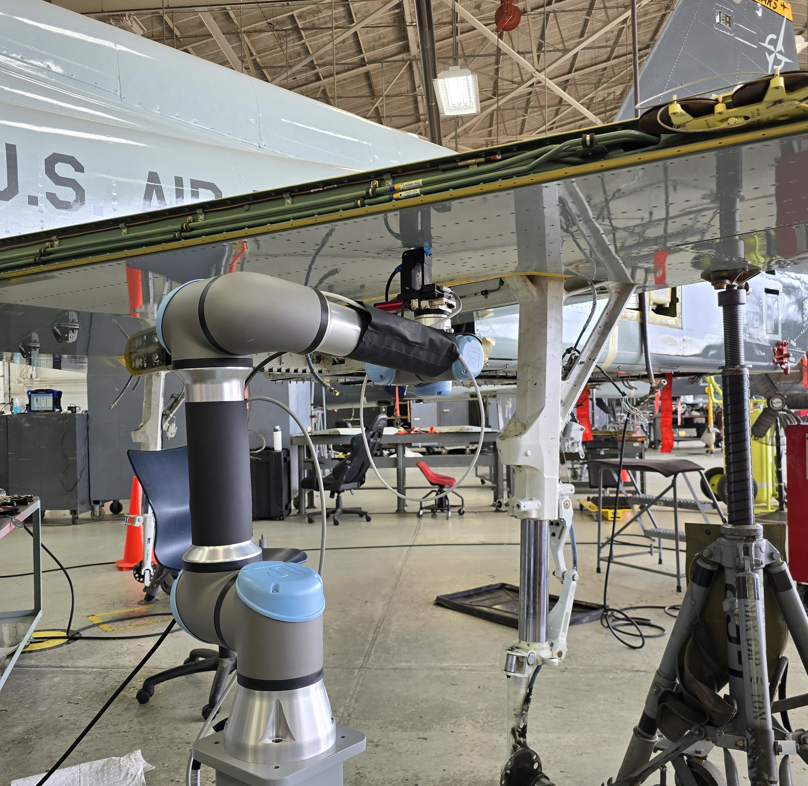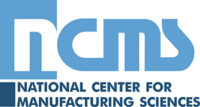Technology Title
Collaborative Robot Integrated Nondestructive Inspection
Tech Focus Area
Enhanced Inspection
Abstract
Problem Statement: Fleet Readiness Centers play a critical role in sustaining USN aviation readiness by maintaining, repairing, and overhauling naval aircraft and components. Automation and human augmentation streamline these processes, remove workers from hazardous environments, improve productivity, reduce turnaround, and enhance overall readiness. One area where automation/augmentation can reduce turnaround and improve readiness and outcomes is aircraft nondestructive inspection (NDI).
Innovative Solution: NDI of USN aircraft is required to identify hidden corrosion, cracking, delaminations, and other defects within aerostructures before requiring large scale repairs or cause in-flight failures with the loss of the aircraft and potentially the crew. Inspectors perform a taxing combination of physical/mental activities during an 8-hour shift of on-aircraft inspections. Augmenting inspectors with automation (such as collaborative robots, or cobots) that combine the best of a machine (controlled, highly repeatable motions, consistently displaying information in a controlled matter) and a human (interpreting highly complex and dynamic datasets) to perform the proper movements and orientations of an inspection to move sensors over inspection targets offer an area for significant improvement. Integrated machine vision permits the system to be moved to an inspection target, identify its location, orient itself to the inspection surface, and automatically perform the inspection regardless of the NDI modality. The inspector is then free to ensure the technique is performed properly and review inspection data in real time. As required, inspectors can control the cobot via a game console controller or manually in human-controller mode to perform checks on inspection sites.
Benefits to the Military: NDI integrated Cobots allow USN inspectors to realize the benefits of this technology without modifying existing inspection procedures. Results from aircraft have demonstrated that a cobot/inspector pair can achieve and surpass present probability of detection values (permitting a reduction in required system downtime for inspections), ensure 100% probability of inspection, enable spatial tagging and mapping of NDI data to aircraft models, and reduce physical stress on inspectors.
Technology Maturity: TRI Austin’s solution contains COTS components integrated to produce solutions for different inspection types. It is highly versatile and can be adapted to any NDI modality (eddy current, micro/millimeter wave, ultrasonic, radiographic, and thermography). The system is most evolved for ultrasonic inspections (TRL 7 via on-aircraft demonstration of a T-38) and then for eddy current inspections (TRL 5 for high fidelity testing of integrated laboratory components). Further work will further evolve ultrasonic capabilities and multiple different eddy current capabilities (bolt-hole, edge, and surface inspections) in preparation for commercialization.
Graphic





